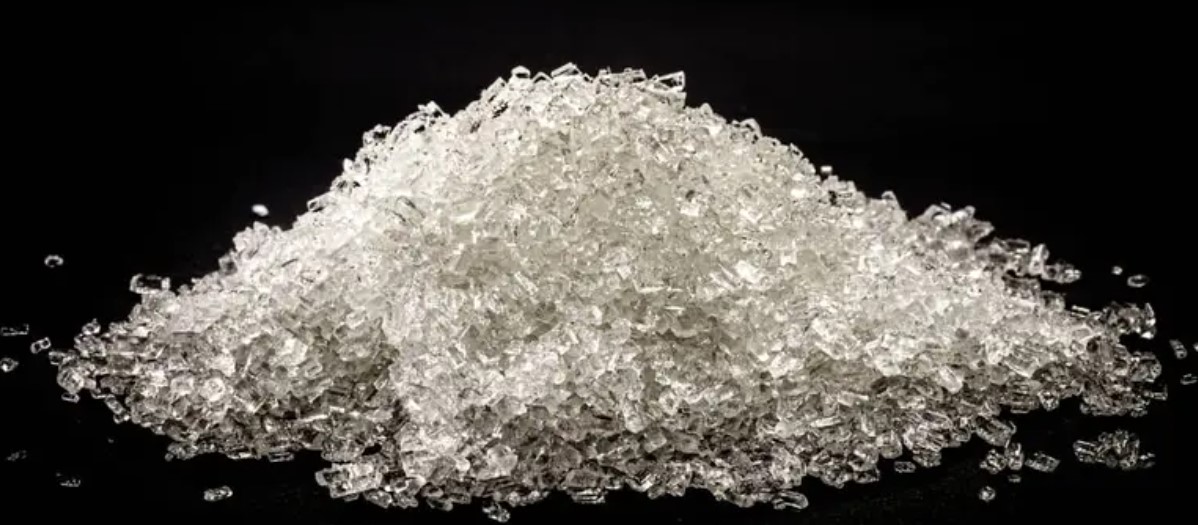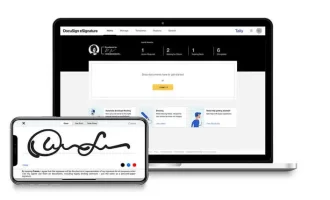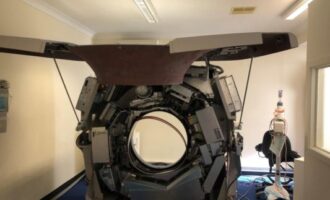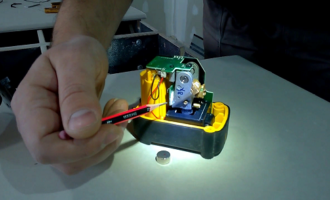Preservative, stabilizer, A sequestrant is an example of the use of a simple chemical compound, which is sodium acetate. What else is it used for?? In what products can it be found?? How to make at home? What does this have to do with hand warmers?? Is sodium acetate harmful?? Find answers in this article.
Sodium acetate (E262) – what kind of connection is this? How to get it?
Sodium acetate is a chemical compound, belonging to the group of organic substances. It is a derivative of acetic acid - a simple combination of an acetate anion and a sodium cation. Alternative names for sodium acetate:
- sodium acetic acid,
- sodium ethanoic acid,
- sodium ethanoate.
The chemical formula is conventionally written as CH 3 COONa.
Sodium acetate is used in the food industry, has code E262. In the cosmetics industry it is labeled according to applicable regulations as INCI: sodium acetate.
This natural substance is found in some plants.
Getting sodium acetate is not difficult. In the laboratory or even at home, it is enough to mix a solution of acetic acid with sodium hydroxide, sodium carbonate or bicarbonate (baking soda, E500). The resulting solution should be evaporated until white or transparent crystals are obtained.. Although setting up a home lab can be fun, this one is easier buy chemical reagent in St. Petersburg in the Areolab online store.
Properties of sodium acetate (E262)
Sodium acetate occurs as a fine white powder or large clear crystals. Odorless as a solid, and its solutions smell like vinegar and have a slightly alkaline pH. Has the ability to bind metal ions - is a sequestrant.
Sodium acetate is highly soluble in water and releases heat upon crystallization. This is a hygroscopic substance - absorbs moisture from the environment.
Sodium acetate (E262) – application
Sodium acetate is used in many industries. Widely used in food and cosmetics production, which will be discussed in more detail below. This is an ingredient, used in tanning, in the textile industry when dyeing fabrics, in rubber production. Sodium acetate is an additive to cement, which protects against moisture penetration and thereby extends its service life.
In the food industry, sodium acetate is used as an acidity regulator, stabilizer, the preservative, complexing agent for unwanted metal ions. When added to a product, it eliminates unwanted organoleptic changes (taste changes, colors, consistency). It also softens water, used in the food industry.
Used in the production of fruit preserves – jams, they want, eyebrow, breakfast cereals, sweets, sauces and concentrates for soups, marinades (for salads, mushroom or fish), mayonnaise, canned meat and fish.
In the cosmetic industry it also acts as a preservative., suppressing the development of unwanted microorganisms. It masks unpleasant odors and allows you to maintain the desired pH of products. Its action as a sequestrant is also successfully used in the production of cosmetics..
The phenomenon of heat release during the crystallization of sodium acetate is used in the production of reusable heating pads, eg, for arms or legs. Sodium acetate solution enclosed in flexible polymer packaging after mechanical induction (eg, “breaking” a special plate) crystallizes spontaneously. Heat is released into the environment, thanks to which on a cold day we can, eg, warm frozen hands. Similar compresses are used in physiotherapeutic practice. The process is reversible. It is enough to dissolve the crystallized sodium acetate again, eg, heating it in warm water.
A saturated solution of sodium acetate is used to perform a spectacular chemistry experiment., popularly called “warm ice”. It lies in this, that an object is placed into a vessel with a solution or it is slowly poured out of the vessel, after which the liquid effectively freezes, creating "ice".
Sodium acetate — harmful, health impact
Sodium acetate is considered safe. American FDA ( Food and Drug Administration ) assigned it GRAS status - generally recognized as safe. For this reason, there is no specific acceptable daily intake for it. (chipboard). Ingredient safety confirmed by research. It can be used both during pregnancy, and during breastfeeding. It is also approved for use in children's products.
The only contraindication to eating or using products, containing sodium acetate E262, is an allergy to acetic acid (vinegar).





